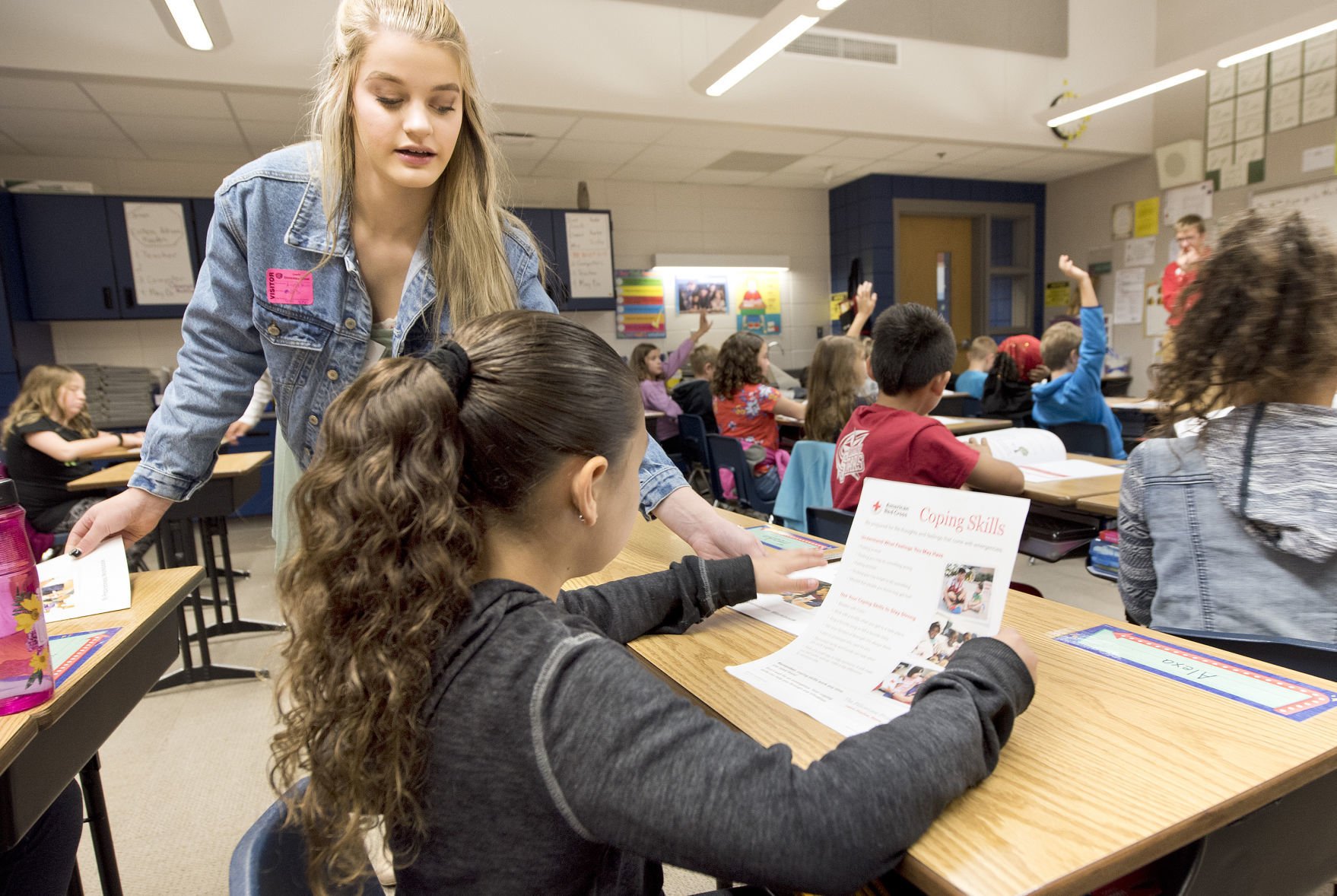
The Red Sea Ghost Crab (RSGC) is endemic to the Red Sea and in Israel is found only at one beach. This is especially challenging in a heterogeneous habitat such as the intertidal zone of a seashore, which is the basic habitat of crabs.

Find more articles about biodiversity, evolution, climate change, and carbon footprint.The ability to change colors or appearance to blend into the background habitat is essential to ensure an individual’s survival.

 Students can make posters to hang up around their school and/or community promoting simple ways to reduce their carbon footprint.Ĭheck all our other hands-on lessons and distance learning lessons. Students can also write a letter to a local politician persuading them to take action against climate change so that organisms aren’t negatively impacted by changes in their environment. The poster can be on a whiteboard, poster board, or large piece of paper. They should support what they have written with pictures. Their poster should include key ideas and vocabulary from the activities in the lesson. Students can work in pairs or groups to create a poster that explains how living organisms survive on a warming Earth. Students can calculate their own carbon footprint using a calculator and brainstorm ideas on how to reduce it.Ī few more ideas for summative assignments depending on your students’ needs include: Introduce students to the idea of carbon footprint and how that relates to this article. Students can write a short paragraph predicting what might happen to the dragonfly they chose if the trend of climate change continues. Students can use the iNaturalist website to research different types of dragonflies. How will dragonflies adapt to a warmer Earth? Have the students answer the “Check Your Understanding” questions at the end of the article (teacher’s key available for teachers on the same page). Individually or in groups, have students read the article How will dragonflies adapt to a warmer Earth? published in Science Journal for Kids and Teens. You will want to discuss with students the importance of genetic variation after each round.įind the full discussion guide in the lesson plan.
Students can make posters to hang up around their school and/or community promoting simple ways to reduce their carbon footprint.Ĭheck all our other hands-on lessons and distance learning lessons. Students can also write a letter to a local politician persuading them to take action against climate change so that organisms aren’t negatively impacted by changes in their environment. The poster can be on a whiteboard, poster board, or large piece of paper. They should support what they have written with pictures. Their poster should include key ideas and vocabulary from the activities in the lesson. Students can work in pairs or groups to create a poster that explains how living organisms survive on a warming Earth. Students can calculate their own carbon footprint using a calculator and brainstorm ideas on how to reduce it.Ī few more ideas for summative assignments depending on your students’ needs include: Introduce students to the idea of carbon footprint and how that relates to this article. Students can write a short paragraph predicting what might happen to the dragonfly they chose if the trend of climate change continues. Students can use the iNaturalist website to research different types of dragonflies. How will dragonflies adapt to a warmer Earth? Have the students answer the “Check Your Understanding” questions at the end of the article (teacher’s key available for teachers on the same page). Individually or in groups, have students read the article How will dragonflies adapt to a warmer Earth? published in Science Journal for Kids and Teens. You will want to discuss with students the importance of genetic variation after each round.įind the full discussion guide in the lesson plan. 
In each round, they will have to try to get as much food as they can. Students will have different tools that will simulate their “beaks”. Full instructions can be found in the lesson plan. Have students participate in an engaging hands-on activity where they will mimic birds and experience natural selection for themselves. This video is suitable for middle school students.Īfter watching the videos, discuss the following question: “ How do living organisms survive in a changing environment?” This can be done with a think-pair-share and as a whole class.
Ask-a-Scientist: Interviews with Researchers.








 0 kommentar(er)
0 kommentar(er)
